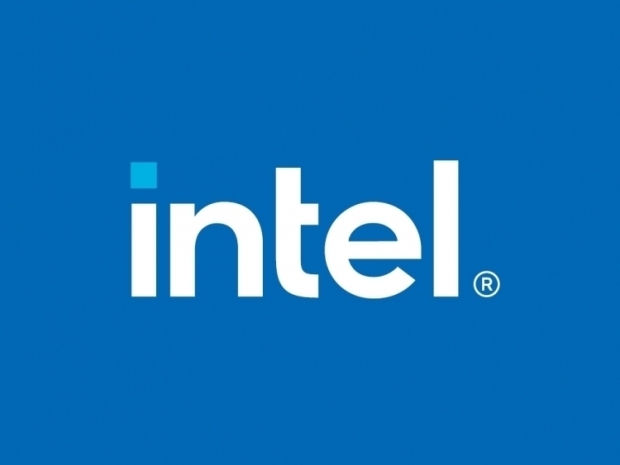Leaks from Intel suggest that Chipzilla is heading for a huge redesign of its current chip architecture.
It looks like the new processors will have a brand-new socket, which means a new motherboard too. Intel usually only keeps the same socket for two generations of processors. Alder Lake, as well as the upcoming Raptor Lake, both use the same LGA 1700 socket. According to the new leaks, Meteor Lake CPUs will usher in a new socket design — LGA 1851. Meteor Lake is set to launch in 2023, followed by Arrow Lake in 2024, Lunar Lake in 2025, and Nova Lake in 2026.
Benchlife claims that the alleged LGA 1851 socket is codenamed Intel Socket V1. Just a few days ago, Moore’s Law Is Dead claimed that the new Intel socket will be LGA 2551, but this has now been debunked.
The new socket design seemingly confirms that next-gen desktop models will only have 51 additional contact pads compared to the CPUs that are currently in use. As such, although the socket has a higher number of pins, the overall size of the package will be very similar. The Socket VI is expected to measure 45 by 37.5 millimeters.
Existing Alder Lake and Raptor Lake coolers will continue to work with Meteor Lake and Arrow Lake processors but they might need some adjustment due to height issues.
Intel is introducing huge architectural changes. It will be switching to the Intel 4 process node, and with that, it will be working with a brand-new tiled approach. The CPUs will have four main tiles — the input/output (IO) tile, the system-on-a-chip (SOC) tile, the graphics (GFX) tile, and lastly, the compute tile. The compute tile consists of the GFX tile and the CPU tile put together.
Meteor Lake’s CPU tile will retain the hybrid design we already know from Intel Alder Lake. There will be a difference in cores. The performance (P) cores will be called Redwood Cove, and the efficiency (E) cores — Crestmont. The processors will have varying power requirements from as low as 5 watts for ultra-thin mobile chips to 125 watts.
The new generation of CPUs is expected to deliver a performance jump of up to 20 per cent, according to the current information. Aside from upgrading the processing power of these chips, Intel is supposed to introduce a change to the graphics.
The new GFX tile will, apparently, be neither an integrated GPU nor a dedicated GPU. It will utilize Intel’s Xe-HPG graphics architecture and is said to bring an increase in capabilities while retaining the power requirements of Intel’s current integrated graphics solutions.
Meteor Lake will be followed up by Arrow Lake, bringing with it an upgrade to Lion Cove and Skymont cores as well as a switch to the Intel 20A process node. This generation is supposed to bring up the core counts to much higher numbers than what we’re currently used to, reaching as high as 40 cores. Intel also promises an up to 15 per cent improvement in performance-per-watt from this generation of CPUs.




